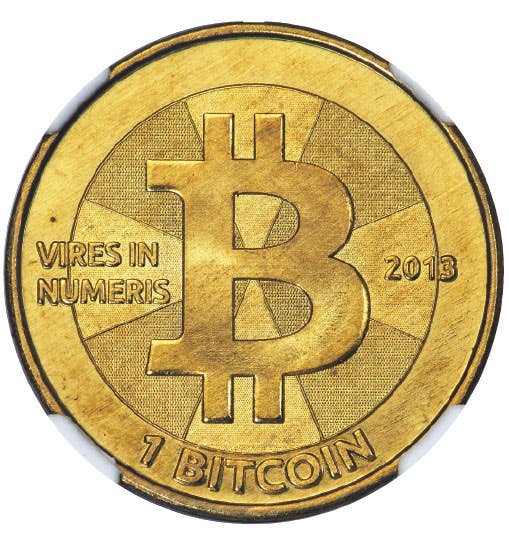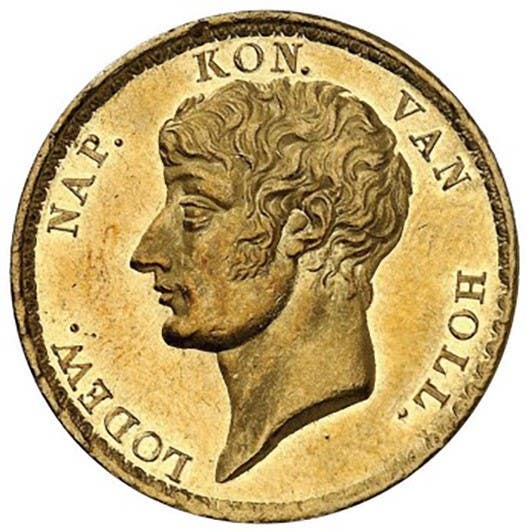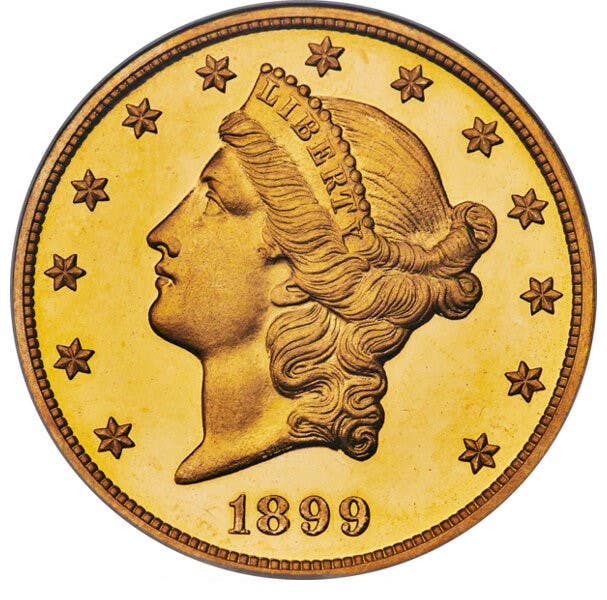1836 Reeded Edge Half Dollar
It is called by most the 1936 reeded edge half dollar but it can also be identified by the change it had on the reverse from “50C” below the eagle…
It is called by most the 1936 reeded edge half dollar but it can also be identified by the change it had on the reverse from “50C” below the eagle as was seen on the first 1836 half dollars to the “50 CENTS” which it had on the reverse.The design change was significant. But more significant was the reeded edges which showed that the Mint finally had a new steam coinage press which would make a substantial difference in the coins of the United States.
The story goes back well before 1836.The U.S. Mint was not especially well funded, and it showed.Coins were produced on old style presses without a retaining collar.That made it almost impossible to produce two half dollars with the same diameter.
Naturally there is something kind of endearing about the idea of American coins being produced by hand, but a country cannot truly afford to have a situation where no two coins are even the same diameter.At the time, however, the Mint had far greater problems than uniformity.For many years no one really gave that much serious thought.
There was good reason the Mint, for many years, did not even know where or how it would get its next shipment of copper, silver or gold from which to make coins. Even when there was enough metal from which to make coins, there were other problems. Many summers there would be the yellow fever epidemic which would close the facility for months and sometimes caused deaths among the employees. There were also fires in buildings and other problems as well.
Progress was slow but by the 1830s there seemed to be light at the end of the tunnel of problems for the Mint.The arrival of the new steam coinage press in 1836 was one symbol of that slow progress.The new press was extraordinary in that it imparted reeded edges at the same time the coins were struck.We take something like that for granted today, but back in 1836 that was a real sign of progress.
We are not fully clear as to the purpose of the 1836 reeded edge half dollar.There was a mintage of 6,545,000 1836 half dollars without reeded edges and that total has always hung like a cloud over the estimated 1,200 with reeded edges.
Clearly there was an enormous difference in mintages.That has caused some to consider the 1836 reeded edge half dollar to be a pattern.In fact, there was probably something of an air of trial about the production of the 1836 reeded edge half dollar as they were trying out their new machine. That said, although the 1836 reeded edge half dollar mintage was very low, some examples did circulate, and we have the proof in terms of examples in lower grades today.In G-4 an 1836 reeded edge half dollar lists for $880 up from $575 two decades ago in 1998.
While we cannot be precisely sure of the mintage, we can be certain that the 1836 reeded edge half dollar was viewed with much interest.Despite its extremely low mintage there are examples known in upper grades.In MS-60 the 1836 reeded edge half dollar lists for $8,800 up from $5,000 in 2002 and its MS-65 price of $68,000 shows a sharp increase from its 2002 $22,500 listing.
What the dramatic price increases may show is that we have finally accepted the 1936 reeded edge half dollar as a regular issue of the United States and not a pattern as Judd once claimed.The confusion may well have held the price down but no more as the 1936 reeded edge half dollar is a legitimately scarce and very important coin.
We are fortunate as special interest was taken in the 1836 reeded edge half dollar at the time, meaning some examples were put aside.That does not, however, mean the 1936 reeded edge half dollar is common.There have been eleven examples graded MS-61 by NGC with 22 receiving higher grades with MS-65 being the top graded 1836 reeded edge half dollar.
Certainly, the numbers suggest there are at least some Mint State surviving examples but not many.The numbers are above what we might normally expect for a coin with mintage of just 1,200 pieces but certainly the 1836 reeded edge half dollar is not readily available.Moreover, with an important place in history the demand is probably greater than would normally be the case.In any grade the 1836 reeded edge half dollar is an important piece of U.S. Mint history and well worth its prices today.









